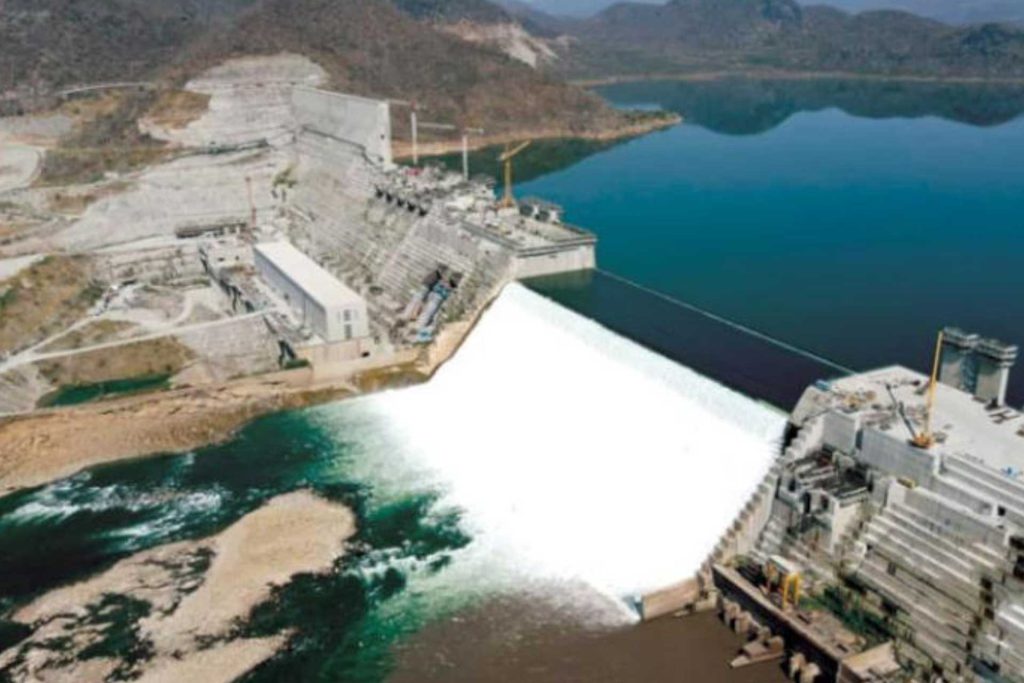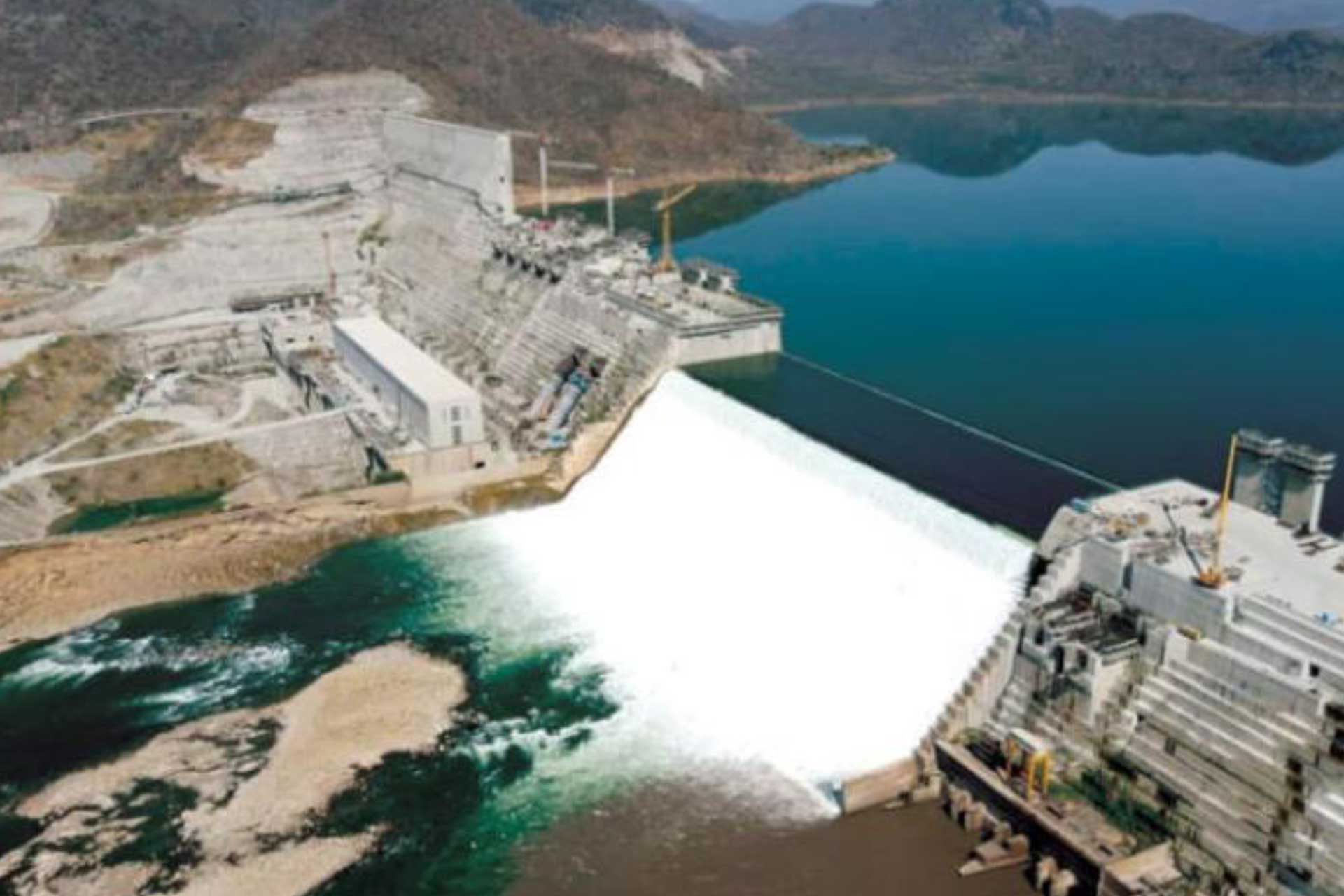First Round of the Water Wars : Nile
AFRICA
First Round of the Water Wars : Nile
The increasing human population while clean water resources are rapidly dwindling is one of the main problems that await us in the near future. Maybe at the time of this writing this problem is not that important, but in 5-10 years it will definitely be on our agenda and in the news. The aim of this article is to show how those days are closer than we expect, and how the first round of the water wars is actually starting slowly on the Nile River [1].
The Nile River and its Importance for the Countries in the Region
The Nile River is the second longest river in the world, flowing from central Africa to the Mediterranean Sea, and is of critical importance to the countries of the region. Within Sudan, it is divided into the White Nile and the Blue Nile. At this point, the White Nile is the tributary that extends much further south to the river’s original source, while the Blue Nile is the main tributary that feeds the river with a higher water volume, located within the borders of Ethiopia.

Map 1
Renaissance Dam Project
The Renaissance Dam Project is a Hydroelectric Project, which started in 2011 and completed in 2020, located on the Blue Nile, very close to the border as seen in Map 1. The fact that the project is located on the Blue Nile, one of the two tributaries of the Nile River, which provides the main water source [2], gives Ethiopia both political and economic power [3]. Thanks to this project, Ethiopia, which has the capacity to generate large amounts of electricity, can also control the flow and intensity of the river in the remaining part of the river, thus taking the lifeline of Sudan and Egypt into its own hands.

Photo 1
Impact of the Project on Relations between Egypt, Sudan and Ethiopia
Egypt and Ethiopia were rivals in their region for centuries. The rivalry between the Kingdom of Aksum and Ancient Egypt became a real struggle and continues to this day. Sudan came into the game later in the game and has sided with Egypt, which it was once a part of, but it is close to the Egyptian side and sometimes partners with Ethiopia.
The Grand Renaissance Project actually deepened this regional rivalry. Egypt started to pursue a tougher foreign policy towards Ethiopia, which was gaining power against it over the Nile River, and made attempts to attract other African countries to its side. It is also worth noting the influence of the recent Sisi government in Egypt on these hardline policies.
Although Sudan, like Egypt, has been disturbed by this project, it continues to receive concessions from both sides due to its middle ground position in this competition. On the other hand, although it has benefited from partial dialogues with Ethiopia, it has not been able to turn this project into significant gains due to the major problems it has experienced in its domestic politics.
Finally, for Ethiopia, this project has created huge opportunities for them, both economically and politically. Ethiopia is trying to make good use of these opportunities and has been partially successful. But at this point, Ethiopia also has a major problem. Ethiopia, which has to struggle with separatist movements in the Tigray Region, is losing blood because of this problem.
What awaits the region in the future?
Predictably, this crisis will deepen in the future due to the growing water shortage and more African countries will be involved in this crisis due to the search for allies conducted by both Egypt and Ethiopia [4].
Although Egypt has generally been the superior side in its historical rivalry with Ethiopia, it may lose its superiority in the future with the impact of this project. Therefore, unless there is a sudden change, Egypt is expected to continue its harsh policies against Ethiopia. Sudan, on the other hand, has an advantageous position in this crisis, but it is difficult for it to achieve the desired gains unless it has a stable political atmosphere. Finally, if we talk about Ethiopia, as I mentioned, this project is a great opportunity for them. But if it wants to seize this opportunity and become the main power in the region, it should solve its internal problems, especially the Tigray problem, and focus its attention on this crisis.
Mert Kahve
Koç University International Relations-Economics
Source
[1] https://www.bbc.com/news/world-africa-43170408
[2] https://timesofindia.indiatimes.com/whats-the-blue-nile-and-the-white-nile/articleshow/4027990.cms
[3] https://www.aa.com.tr/tr/dunya/sudan-misir-ve-etiyopya-arasindaki-baraj-restlesmesinin-sicak-catismaya-donusmesinden-endise-ediliyor/2265959
[4] https://www.bbc.com/news/world-africa-57467640
•




Comments